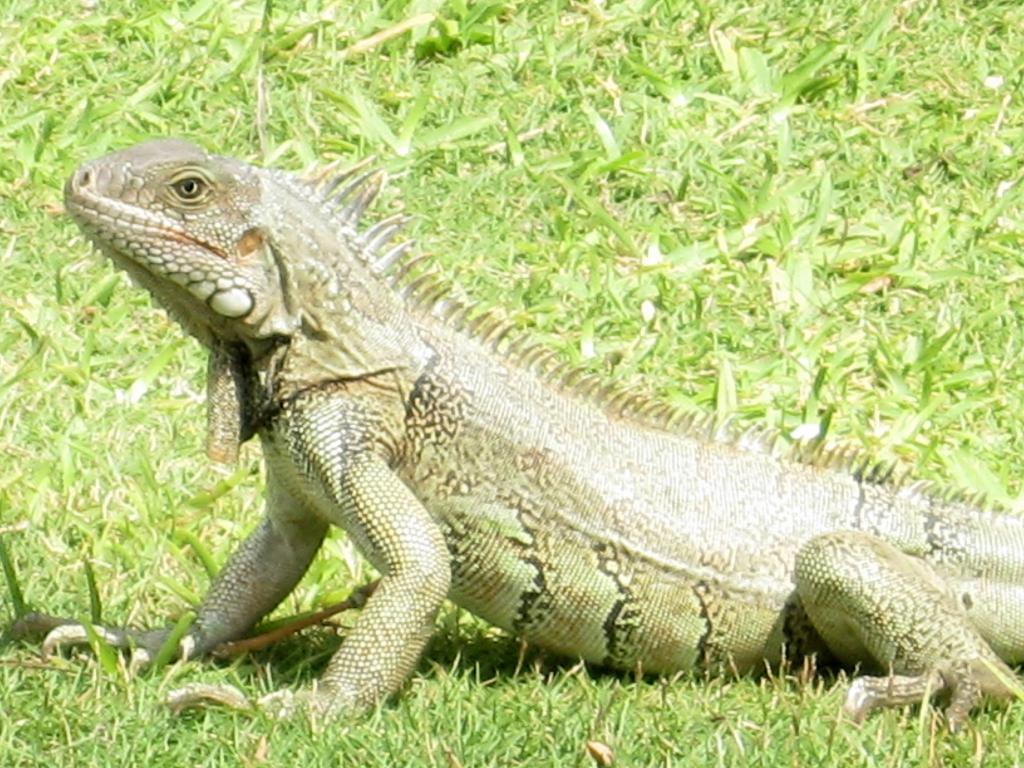Vertebrate animals have a different body structure. Everyone has a common building plan. This proves the origin from one ancestor. However, the complexity of the device of the body varies. It is believed that the complexity of the structure was in the course of evolution. That is, at first more primitive organisms appeared.
The evolutionary development of organisms
The course of evolution of vertebrates began with a lancelet.
This organism already has a chord and neural tube. And also the most primitive heart for vertebrate animals: a pulsating abdominal vessel.
Further complication of the organization led to the formation of fish. Organisms that breathe through gills have a two-chamber heart and one circle of blood circulation.
Amphibians and most reptiles have a three-chambered heart. This further enhances their vitality.
Birds and mammals are at the pinnacle of evolution. The heart is formed by four chambers. There are no openings between the atria, nor between the ventricles. Two circles of blood circulation are completely separated. Therefore, birds and mammals have warm-bloodedness, which sharply distinguishes them from other animals. Of course, the same person belongs to the same group.
Three-chamber heart
In amphibians and reptiles, the heart has three chambers: two atria and one ventricle. Scientists have found that it is such a structure of the muscular organ that is suitable for the vital activity of these animals.
The presence of two circles of blood circulation provides a fairly high level of life. Animals with a three-chambered heart live on land, they are quite mobile (especially reptiles). They can endure a slight drop in temperature without falling into a stupor. Tritons, for example, are the first to leave winter shelters when the snow has not yet melted. Spring makes grass frogs wake up very early. These amphibians jump in the snow in search of a breeding partner.
The presence of a three-chambered heart allows amphibians to fall into a stupor when frost sets in. The circulatory system allows you not to spend a lot of energy for pumping blood, which would be observed in the presence of a heart with four chambers and a complete separation of the two circles of blood circulation.
Reptile heart
Reptiles possess a three-chamber heart with an incomplete septum. You can see that their mobility increases dramatically compared to amphibians. Slick lizards are actually very mobile. They are quite difficult to catch, especially in warm weather. However, body temperature is still dependent on the environment. Reptiles are cold-blooded organisms.

Crocodiles have an unusual heart structure. Scientists attribute crocodiles to animals with a four-chambered heart. The septum between the right and left ventricles has a large area. However, a hole in this wall exists. Therefore, crocodiles remain cold-blooded creatures. Blood saturated with an oxidizing element mixes with oxygen-poor blood. In addition, the special structure of the crocodile blood system is expressed in the presence of the left artery. She moves away from the right ventricle along with the pulmonary. The left artery carries blood to the crocodile’s stomach. This structure contributes to faster digestion of food. This is necessary because the reptile swallows large pieces of meat, which can begin to rot with a long delay in the digestive tract.
Four-chamber heart
The heart with four chambers are birds and animals that feed the young with milk. These are the most highly organized organisms. Birds are capable of long flight, and mammals are able to run fast. All of them have warm-bloodedness. They remain active even in frosts, which cold-blooded representatives cannot afford.
Only those organisms that cannot provide themselves with food in winter hibernate. A bear, not gaining enough weight in the fall, wakes up and wanders through the snow in search of food.
Thus, the four-chamber heart maximized the vital activity of organisms. Warm-blooded animals do not fall into a state of stupor. Their motor activity is independent of ambient temperature. Such vertebrates feel great on land in conditions of strong gravity.
Animals with a three-chambered heart have already acquired two circles of blood circulation. However, the large and small circles are not completely separated. Blood rich in oxidation is mixed with blood saturated with carbon dioxide. Despite this, the three-chamber heart provides the life of organisms on land.